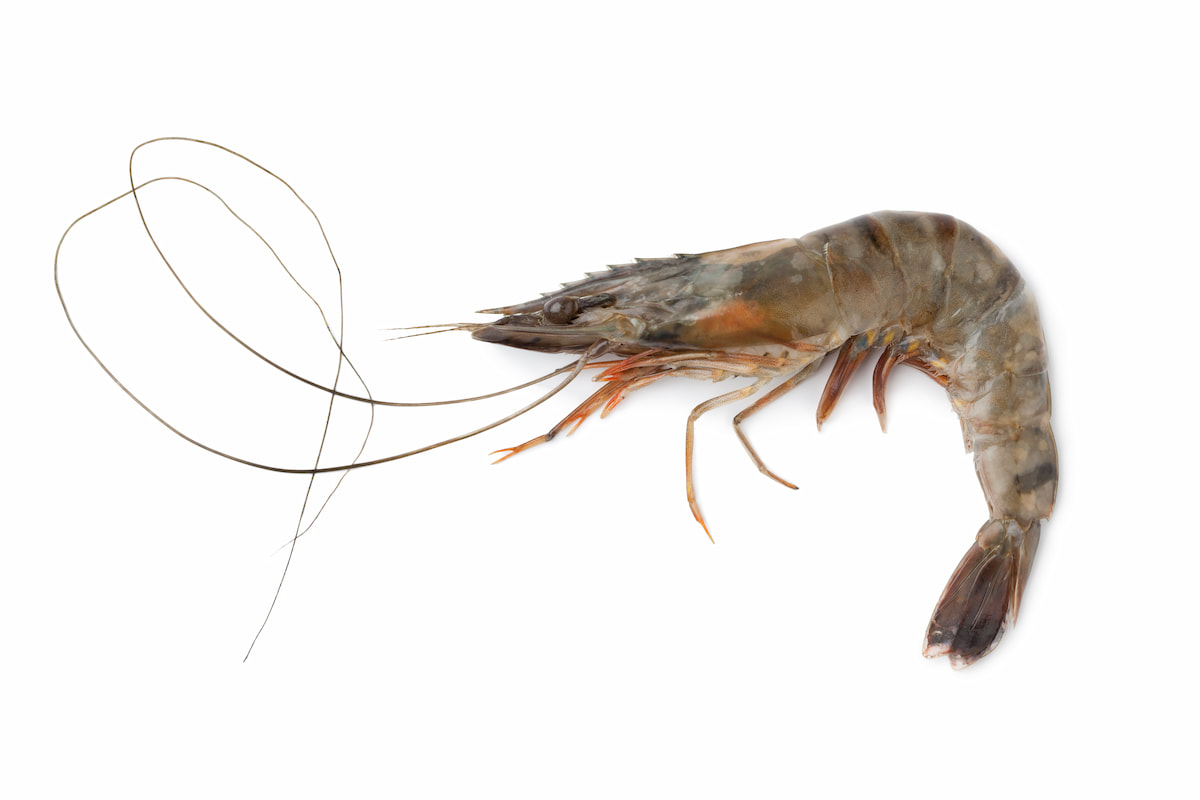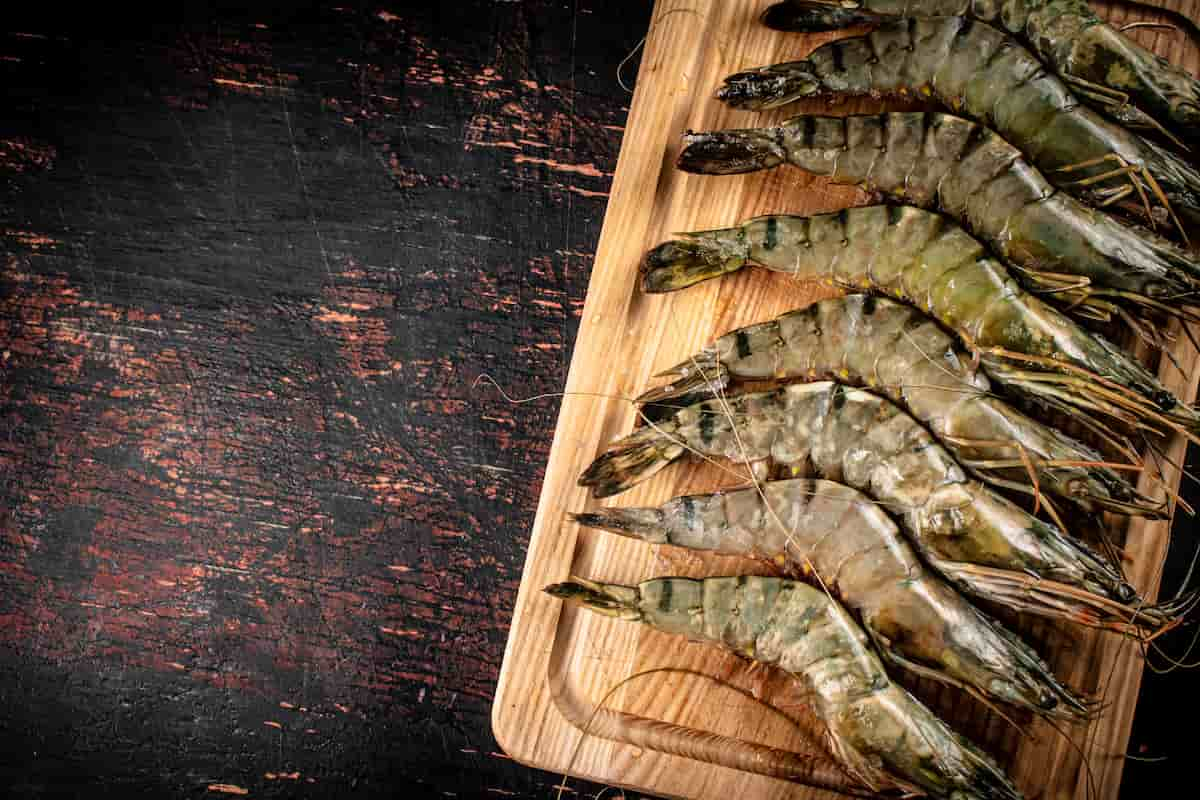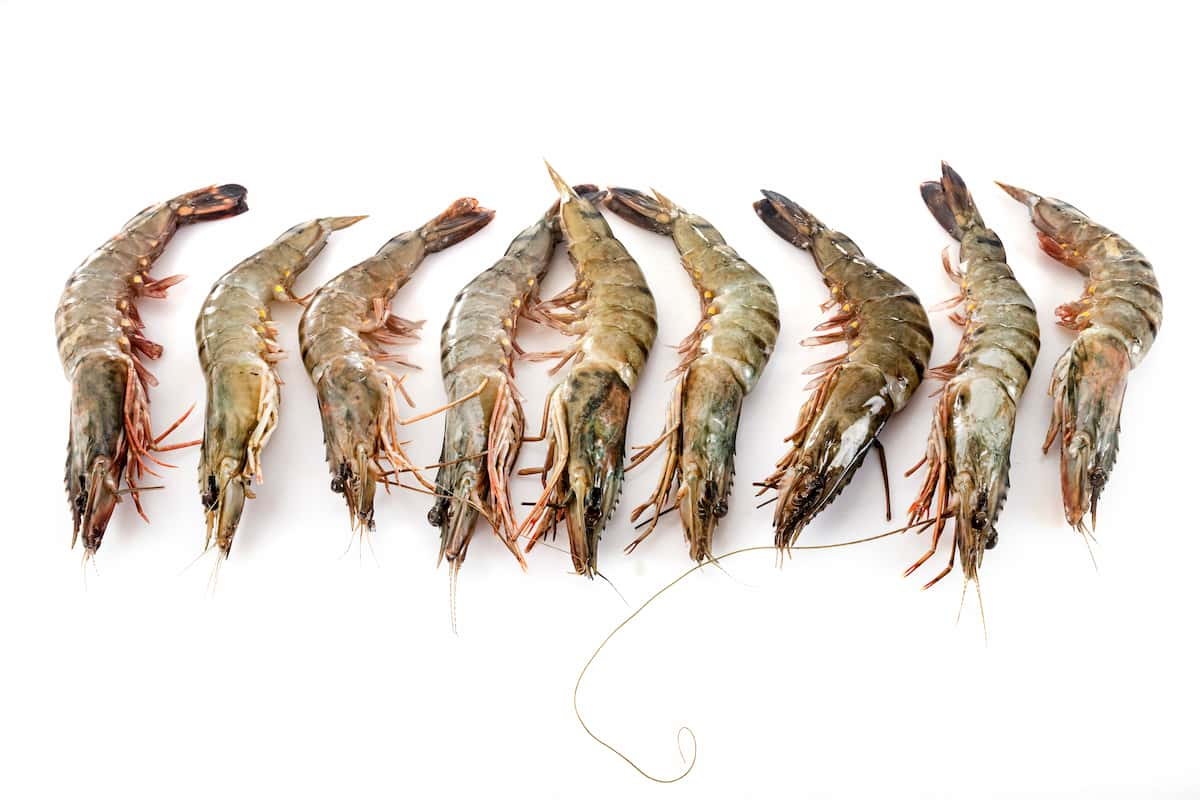White Gut Disease is a major disease that can cause mass mortalities in shrimp. It is caused by Gram-negative bacteria such as Vibrio. Poor water quality, low dissolved oxygen levels, the stress in shrimp, and abnormal temperature differences in the water can trigger it. Shrimp affected by White Gut Disease will release white fecal matter. To prevent White Gut Disease, it is important to ensure that the shrimp are not stressed and to maintain good water quality by frequently exchanging water.

Feeding the shrimp with immunostimulants such as “Protect” can also help prevent the disease. Applying probiotics like “Escort” in regular intervals can reduce the chances of disease by eliminating unwanted and problem-causing bacteria. Gut care products like “Cleargut” can also keep the animal’s gut clean and reduce the risk of White Gut Disease. Overall, it is important to take preventative measures and maintain good conditions to prevent White Gut Disease and avoid mass mortalities in shrimp.
White Gut Disease Management in Shrimp
The Pathogen Causing White Gut Disease in Shrimp
White Gut Disease (WGD) in shrimp is caused by pathogenic factors such as Vibrio spp. bacteria and Gregarines protozoa. The exact cause is still unclear. White Gut Disease is a common shrimp disease caused by Vibrio, a Gram-negative bacteria. It has a high mortality rate in shrimp, and one of the most visible symptoms is the discharge of white fecal matter. Poor water quality, low amounts of dissolved oxygen, shrimp stress, and temperature fluctuations are all variables that can lead to the formation of White Gut Disease.
Spread and Transmission of White Gut Disease in Shrimp
- Accumulation of sludge: Feces, uneaten feed, and dead phytoplankton cause sludge buildup in ponds, which creates an oversupply of phytoplankton nutrition. It leads to pH fluctuations, causing phytoplankton to die off, and anoxic conditions, resulting in toxic substrates that are harmful to shrimp. Proper placement of aerators and maintaining sufficient oxygen levels are crucial to prevent sludge buildup and anaerobic decomposition of organic matter.
- Overfeeding and poor feed quality: Poor feed management and quality contribute to WGD. Feeding too much and based on leftover feed on feeding trays instead of culture density causes low feed quality and undigested feed, leading to water quality decline.
- Deteriorating water quality: Monitoring water quality parameters regularly is important to prevent WGD. Extremely low oxygen levels and low alkalinity levels can cause peak mortality rates. Low DO and alkalinity levels can affect the nitrification cycle and cause ammonia accumulation, which stresses shrimp. Poor water quality also makes shrimp more susceptible to disease outbreaks.
What are the Signs and Symptoms of White Gut Disease in Shrimp?
White Gut Disease in shrimp can be identified by signs and symptoms. These include the dark discoloration of gills, the white and pale color of the hepatopancreas and gut, floating white fecal strings, and a loose shell. Shrimp with these symptoms can be seen, and they may be a sign of a serious health problem that can kill a lot of them.
- WGD includes dark discoloration of gills and pale color of hepatopancreas and gut
- Floating white fecal strings are another symptom, indicating a compromised digestive system.
- WGD can lead to a loose shell, making shrimp more vulnerable to infection.
It is important to monitor shrimp carefully for these signs and take prompt action to prevent the spread of White Gut Disease and minimize its impact.
In case you missed it: Monodon-type Baculovirus (MBV) in Shrimp (Prawn): Disease Symptoms, Causes, Diagnosis, Treatment, and Control

Diagnosis of White Gut Disease in Shrimp
One of the steps is to wet the mount of the gut to check for the parasitic protozoan gregarine, which can cause WGD. A bacteriology culture on TCBS, a selective agar medium that helps find Vibrio sp., the Gram-negative bacteria that cause WGD, is another way to find out what’s wrong.
Histopathology of the gut is another way to determine if gregarine exists. It involves examining the gut tissue under a microscope to identify any abnormal changes that may indicate the disease. These laboratory procedures can help diagnose WGD in shrimp and implement appropriate treatment measures accurately.
Treatment of White Gut Disease in Shrimp
- Turn on all aerators to speed up waste decomposition.
- Stop feeding for one day and gradually resume feeding.
- Give the shrimp a chance to get rid of pathogens and other diseases.
- Treat WGD by applying ParaGo for gregarine protozoa, AlpaGuard* LPlus to reduce Vibrio spp. Bacteria and SigPak*Aqua with 5-10% of feed coated by the binder to recover destroyed gut microvilli.
- Use appropriate probiotics containing Bacillus spp. to block the growth of pathogenic Vibrio spp. Bacteria promote the development of selected prebiotics in the gut. Apply BactoGro per hectare every three days to colonize in the water column and control bacterial colonization and bloom of Vibrio spp. Apply SoilGro per hectare every three days to degrade waste, eliminate toxic substances, and reduce stress factors.
- If co-infection of shrimps by gregarines and Vibrio is found, apply both ParaGo, AlpaGuard* LPlus, and SigPak*Aqua together.
Preventive Measures and Control of White Gut Disease in Shrimp
- Pond preparation: The pond should be well-prepared before stocking, including removing sludge. PondGro can be used as a tool for bioremediation to eliminate sludge accumulation and improve the quality of the pond bottom.
- Decrease stocking densities during the hot season.
- Biosecurity: A reliable source of stocks, proper detection and diagnostic methods to screen diseases, and implementing proper biosecurity measures to prevent diseases.
- Sufficient aeration: Adequate aeration is required to keep the oxygen level in the water high, promoting efficient decomposition of organic matter.
- Monitoring shrimp health: Effective management of shrimp health requires monitoring the delicate balance between the host, pathogen, and environment. Disease and production problems vary during different phases of shrimp culture.
- Application of probiotics: Application of appropriate probiotics containing Bacillus subtilis that deter the growth of pathogenic Vibrio spp. Bacteria can reduce the chances of diseases.
- Improving pond bottom and water quality: The application of probiotics capable of degrading wastes can improve water quality and pond bottom.
- Feed management: Farmers should be cautious against overfeeding and use functional feed additives with non-specific immune system booster ability, high levels of essential amino acids, and low anti-nutritional factors. Natural antibiotic feed additives and growth promoters can also prevent and control pathogenic bacteria.
- Maintaining proper phytoplankton concentration: Daily monitoring of water transparency and controlling the organic matter and removal of dead phytoplankton from the surface after phytoplankton crash can help maintain the proper concentration of phytoplankton
In case you missed it: Hepatopancreatic Parvo-like Virus (HPV) in Shrimp (Prawn): Disease Symptoms, Causes, Diagnosis, Treatment, Control

Conclusion
Vibrio bacteria cause white Gut Disease in shrimp. It can be prevented through proper pond preparation, biosecurity, probiotics, and feed management. Treatment options include antibiotics and natural products.
- Types of Fungicides Used in Agriculture
- Common Issues in the Fruit Development Stage of Pomegranate Farming
- Fruit Development Issues in Papaya: Easy Solutions and Treatment
- Soil-Borne Diseases and How to Protect Your Plants
- Practices to Prevent Disease Spread in the Garden
- From Wilted to Thriving: How to Treat Root Rot Naturally in Houseplants
- Natural Remedies to Cure Brown Spots on Fig Tree Leaves
- Natural Solutions for Poinsettia Problems: 100% Effective Remedies
- How to Control Calla Lily Problems: Natural Remedies for Leaf and Flower Problems